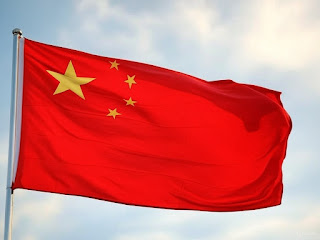In Canada, we made the decision to shut down nearly all of our mental institutions, a policy shift that was largely driven by the belief that mentally ill individuals should remain in their communities and receive treatment there. This move was championed by liberal policymakers who argued that institutionalization was outdated and inhumane, favoring community-based care models instead. In theory, this approach was meant to improve the quality of life for those struggling with severe mental illness. In practice, however, it has led to an unfolding crisis in our cities, with consequences that are becoming impossible to ignore.
Today, many of the individuals who would have once received care in these institutions now find themselves homeless, incarcerated, or cycling through emergency rooms with no real long-term support. The very community services that were supposed to replace institutional care have been underfunded, mismanaged, or outright ineffective. The result? Our downtowns are becoming no-go zones, plagued by crime, drug abuse, and untreated mental illness.
A walk through any major Canadian city now reveals the consequences of this failed experiment. Homeless encampments have taken over parks and sidewalks. Crime rates, particularly violent crime, have risen in areas where mental health and addiction crises are rampant. Business owners struggle with vandalism and theft, and families no longer feel safe in once-thriving urban centers. Law enforcement, meanwhile, is overwhelmed, forced to act as first responders to mental health crises without the necessary resources or training to provide proper care.
Critics of deinstitutionalization warned that this would happen, but their concerns were dismissed as regressive or alarmist. The reality is that some people require long-term, structured care that simply cannot be provided through outpatient community programs. Instead of acknowledging this, policymakers continue to double down on failed approaches, throwing more money at initiatives that do little to address the root of the problem.
The United States has faced similar challenges, though the scale and specifics vary by region. Many American cities also grapple with rising homelessness and crime, issues often linked to mental illness and addiction. The difference, however, is that some states have begun to reconsider institutional care as a necessary component of the mental health system. Perhaps it’s time for Canada to do the same.
It is not compassionate to leave severely mentally ill individuals to fend for themselves on the streets. It is not progressive to ignore the suffering of communities being torn apart by crime and disorder. If we truly want to help those in need—and restore safety and order to our cities—we must be willing to rethink our approach. Otherwise, we will continue down a path of urban decay, where no one wins.
























